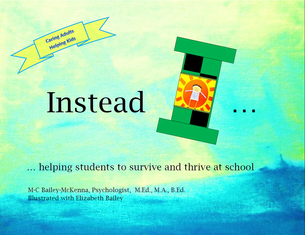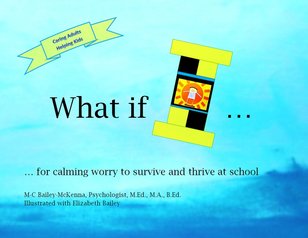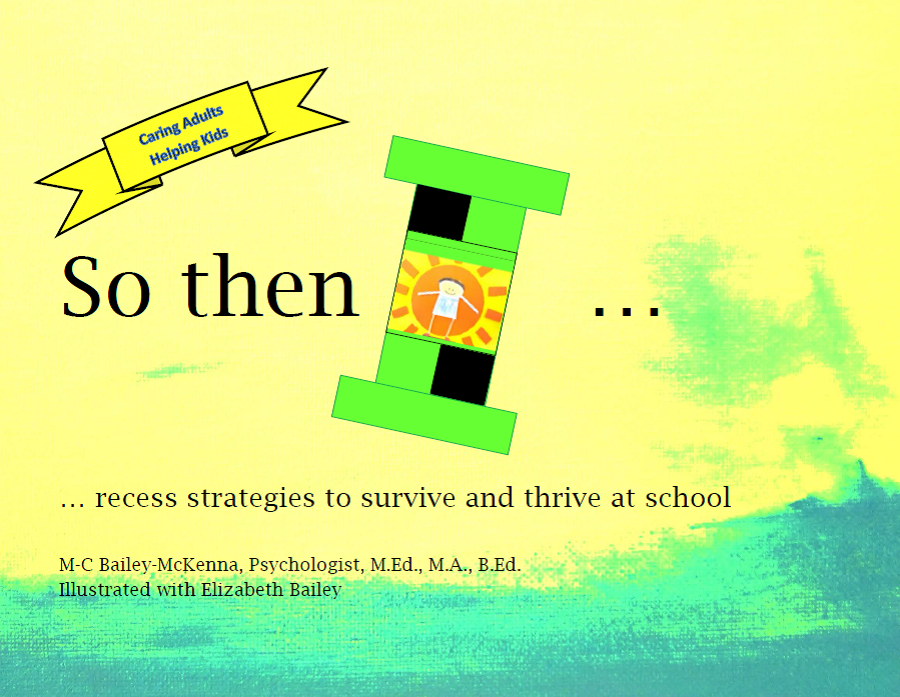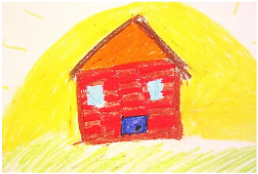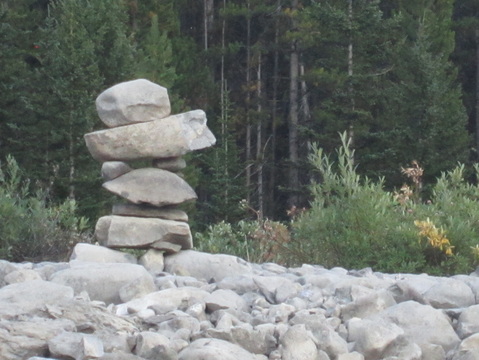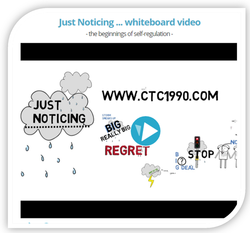
Our newest "whiteboard video" was published today. "Just Noticing" takes the viewer through the process of "noticing" changes in the body connected to six basic emotions.
Why so basic?
- I notice sensations
- I name them (feelings/emotions)
- I speak them (I feel ...)
- I manage them (i.e., regulate)
A 2013 Finnish study showed that an emotion (such as anger) is generally felt in the same area of the body for most people. (Check it out! http://www.aalto.fi/en/current/news/2013-12-31/_ or on Youtube ) "Just Noticing" reflects that research, while emphasizing the individual nature of core feelings.
And "noticing" is very much a term connected to the "mindfulness" movement. Recent emphasis on the practice of "mindfulness" points to the importance of purposefully directing our attention. "Just Noticing" is the beginning of that practice for those who struggle with self-awareness.
Enjoy the seeds of self awareness that you help plant. Enjoy, even more so, the fruit of those seeds as children and youth gain skills to self-regulate!
